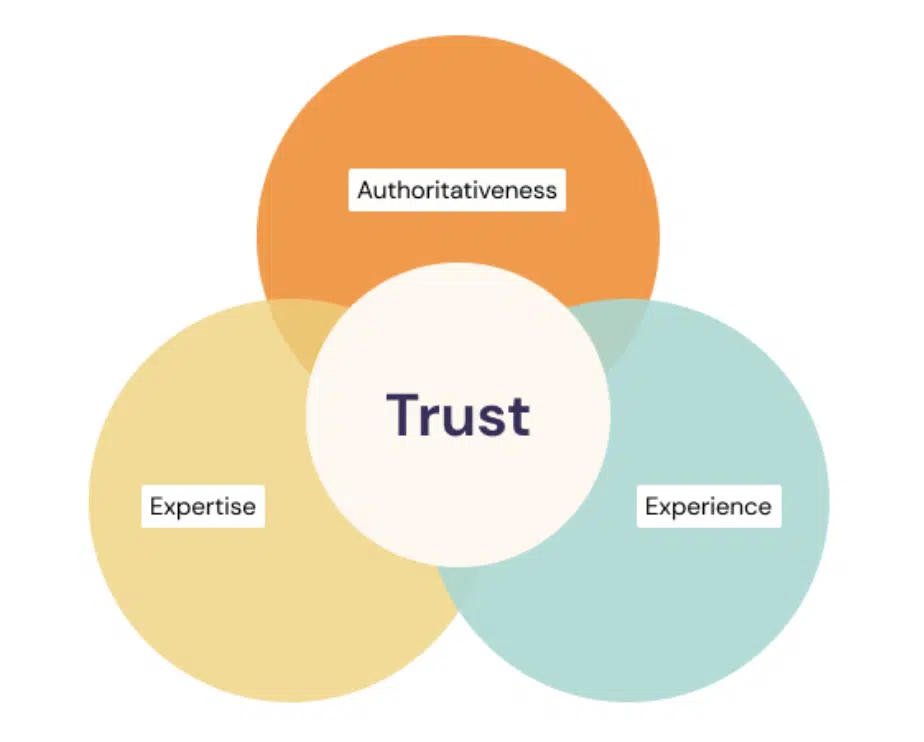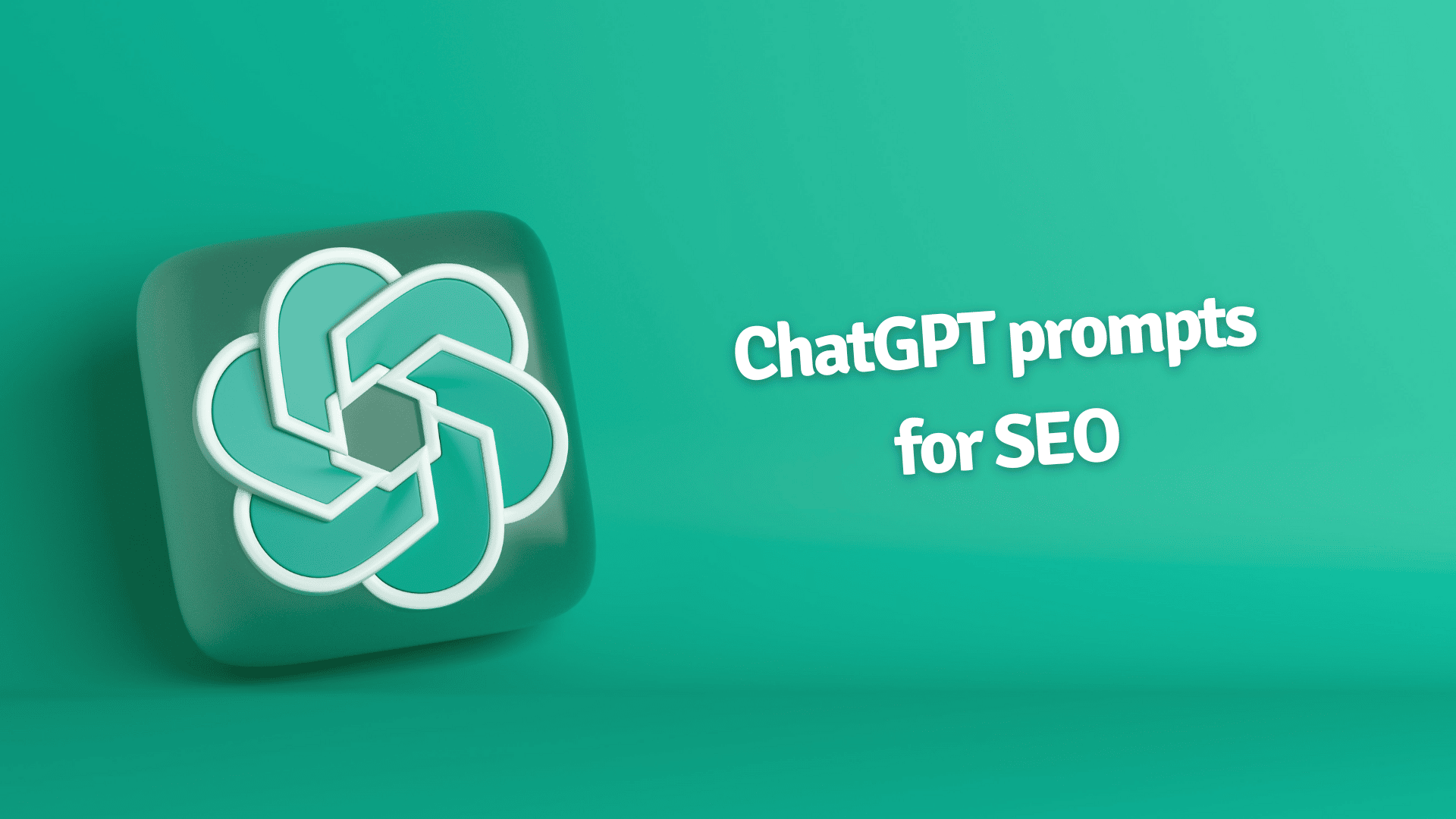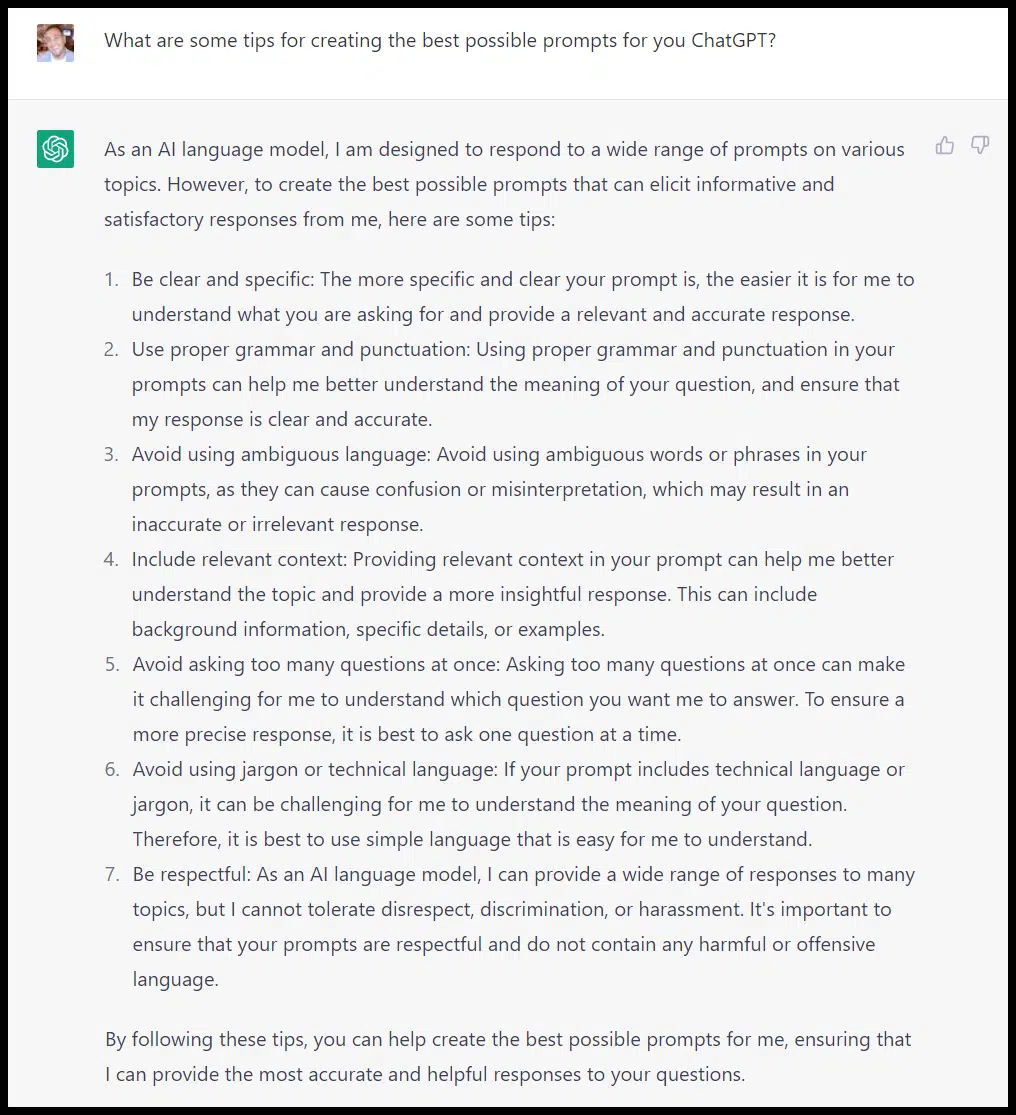When it comes to finding efficient, highly scalable, and affordable infrastructure, cloud hosting in India emerges as an ideal solution. Powered by virtualisation technology, it removes the need for expensive physical hardware, ensuring the infrastructure remains accessible from anywhere.
In this blog, we will explore the features and benefits of cloud hosting while helping you choose the best provider. If you are curious why the cloud server is considered one of the best website hosting services, read this comprehensive guide.
Must-Have Features of Top-Tier Cloud Servers
1. Strong Security Protocols
Its nature of distributing data across several servers reduces the risk of a single point of failure. However, data remains at risk if proper security measures are not in place.
As cloud hosting infrastructure comes with managed or semi-managed options, it allows cloud hosting providers to have systematic control over security.
They can adopt robust measures to safeguard the environment according to changing needs.
2. Intelligent Auto Scaling
Cloud servers in India are powered by intelligent scaling, where different metrics are monitored, and actions are taken to ensure scalability.
Resources are adjusted up and down as needed to ensure accessibility, continuity, and optimal performance.
3. High Availability
Cloud servers are formed by a network of interconnected servers that work together to ensure data availability and reliability. Unlike traditional options, which have a single point of failure, the cloud distributes data across multiple servers.
Even if one server goes down, another takes its place, ensuring your website remains available to your audience. So, in terms of availability, the best cloud servers are unbeatable.
4. Cost-Optimised Pricing Models
The best cloud hosting plans are based on a pay-as-you-go model. That means you only pay for resources you use. Such cost optimisation is rarely available in any other web hosting option.
Choosing the Right Cloud Hosting Provider: Evaluation Criteria
1. Performance Benchmarking
When looking for the best cloud hosting providers, focus on specific metrics such as uptime percentage, CDN support, and server response time.
Choose a provider that is high-performing and consistent with these metrics, regardless of traffic surges.
2. Compliance Checklist
Check whether your cloud hosting provider prioritises security. Some of the best cloud hosting providers reflect this by taking additional security measures based on changing needs.
Further, they comply with relevant data protection and industry-specific regulations. Make sure to go through the documentation and third-party audit reports to validate their claims.
3. Vendor Neutrality
Another crucial aspect when choosing a cloud hosting provider is understanding whether there is flexibility to move your data. You don’t want to get stuck with a cloud provider just because you lack the necessary support for conducting data transfer.
Cloud Hosting Benefits to Consider
- Scaling to Match Growth
The best cloud hosting providers accommodate and scale resources based on demand. During a seasonal promotion, if your website receives a traffic boost, your resources are automatically adjusted to ensure availability.
2. Cost-Effective Plans
As cloud server plans are based on a pay-as-you-go model, you only pay …
Read More











